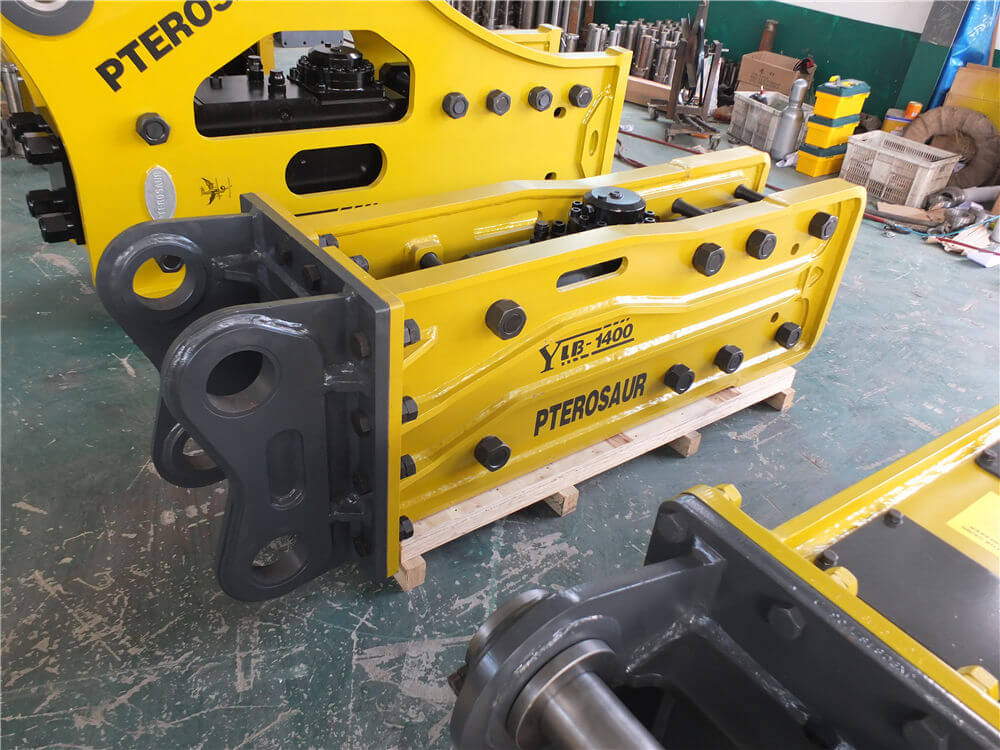The Global Hydraulic Breaker Market: Trends, Prices, and Future Outlook
The hydraulic breaker market has been experiencing significant growth and transformation in recent years. As of 2024, the global market was valued at approximately USD 2 billion, with projections suggesting an increase to USD 3.8 billion by 2033. This growth represents a compound annual growth rate (CAGR) of 5.6% during the forecast period from 2024 to 2033. The rising demand for construction and infrastructure development is primarily driving this trend.
Market Segmentation
The global hydraulic breaker market can be segmented based on various criteria, including type, product size, application, and end-use.
- By Type:
- Handheld Hydraulic Breakers: These are designed for smaller-scale demolition and construction tasks.
-
Machine Mounted Hydraulic Breakers: These are typically used in larger operations and are attached to excavators and other heavy machinery.
-
By Product Size:
- Mini Hydraulic Breakers
- Small Hydraulic Breakers
-
Medium Hydraulic Breakers
-
By Application: Hydraulic breakers are extensively used in construction, mining, and road maintenance, among other applications.
-
By End-Use: The market serves various sectors including construction, mining, and demolition services.
Market Dynamics
The hydraulic breaker market is expected to exhibit a CAGR of 5.9% from 2023 to 2028, highlighting a robust outlook fueled by the booming construction and infrastructure sectors. The increasing emphasis on urban development and the need for effective demolition tools are likely to bolster market growth.
Additionally, the market is characterized by a competitive landscape with numerous suppliers and manufacturers, particularly in China, which is recognized for offering a range of hydraulic breakers at competitive prices. The availability of customizable options in terms of logo, size, and color further enhances the market appeal to various customer segments.
Price Trends
When it comes to hydraulic breaker prices, there is a notable variance depending on quality and specifications. While high-quality hydraulic breakers are available at premium prices, options at lower price points are also prevalent, particularly from wholesale manufacturers in China. For businesses seeking hydraulic breakers, understanding the price spectrum is crucial to making informed purchasing decisions.
Conclusion
In summary, the global hydraulic breaker market is on an upward trajectory with anticipated growth in the coming years. With a robust CAGR, diverse product offerings, and competitive pricing strategies, the market is set to meet the growing demands of the construction and infrastructure sectors. Stakeholders in this industry must remain vigilant to market trends and technological advancements to leverage opportunities and navigate challenges effectively.




































